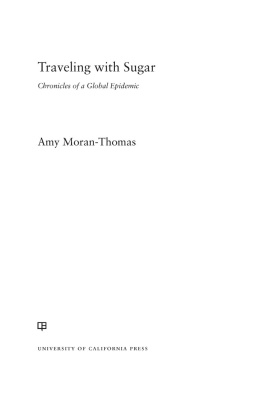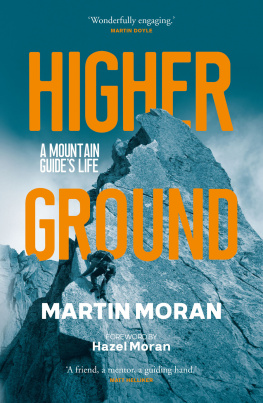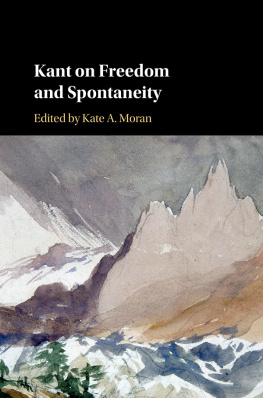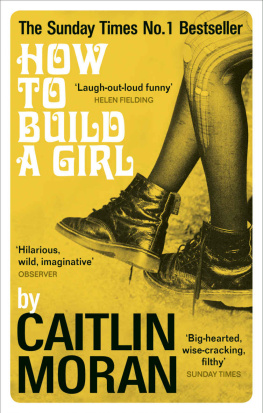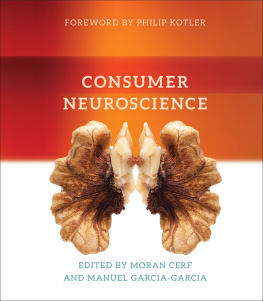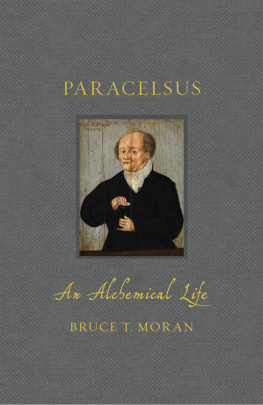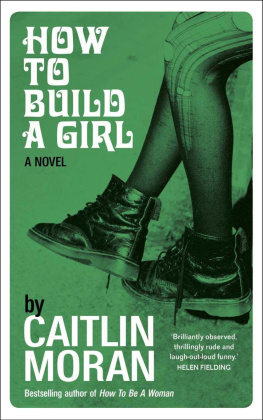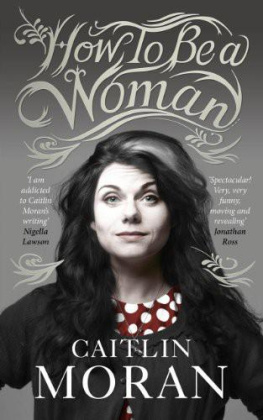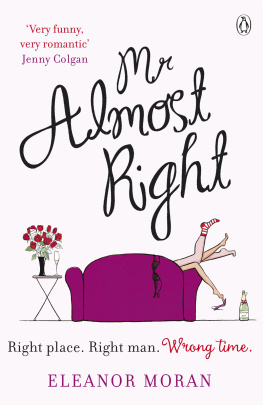University of California Press
Oakland, California
2019 by Amy Moran-Thomas
Library of Congress Cataloging-in-Publication Data
Names: Moran-Thomas, Amy, author.
Title: Traveling with sugar : chronicles of a global epidemic / Amy Moran-Thomas.
Description: Oakland, California : University of California Press, [2019] | Includes bibliographical references and index. |
Identifiers: LCCN 2018054745 (print) | LCCN 2018056398 (ebook) | ISBN 9780520969858 (ebook) | ISBN 9780520297531 (cloth : alk. paper) | ISBN 9780520297548 (pbk. : alk. paper)
Subjects: LCSH : DiabetesBelize. | DiabeticsCase studies.
Classification: LCC RA 645. D 5 (ebook) | LCC RA 645. D 5 M 67 2019 (print) | DDC 616.4/62dc23
LC record available at https://lccn.loc.gov/2018054745
Manufactured in the United States of America
26 25 24 23 22 21 20 19
10 9 8 7 6 5 4 3 2 1
Travel with (chravl wid): to be troubled with, suffer from; have a recurring medical problem.
Travel (chravl): euphemism for being on ones death bed.
Belize Kriol dictionary
A lot of people, countrywide, in the whole entire world, here in Belize and Dangriga, are traveling with sugar ...
Anne, reflecting on diabetic sugar across three generations of her family, 2010
Approach
Emergency in Slow Motion
Sugar ... has been one of the massive demographic forces in world history.
Sidney Mintz, Sweetness and Power
A lot of people, countrywide, in the whole entire world, here in Belize and Dangriga, are traveling with sugar.
Diabetic is a dangerous thing ... Its like cancer ... It makes you get weak, it makes you get blind, because of the sugar in your eyes and the pressure ... It makes you get slim, especially if you dont know ...
That is the most [serious] thing that is hampering the whole entire world. The diabetic sugar ...
The whole of your family can get the diabetic. You have to look out [even] if you dont catch itmaybe your children later on to come ...
Anne, expanding on living with diabetic sugar in Belize
I have never seen a good stand-alone picture of diabetes. If not for Mr. Ps storytelling, I might never have glimpsed it at all. He was paging through a family album on the kitchen table in his home on Belizes south coast, showing me pictures of his wife. He smiled back at the old photos of her as a Garifuna teacher standing firm beside a rural schoolhouse. We watched as on the pages she became a mother, then a grandmother. The next time Mrs. P appeared in the album, she was suddenly on crutches. Sugar, Mr. P said simply as he paged forward in time, the photographs sharpening in color and filling with grandchildren. In a family Christmas picture his wifes entire right foot was missing. At one wedding, both of Mrs. Ps legs were gone below the knee. We watched her disappear a piece at a time from the pictures, until she was absent altogether.
Later, that scene kept looping in my memory: Mr. P turning the albums pages carefully so as not to crinkle its plastic sleeves, the photographic record of loss a surreal counterpoint to the stories he told about raising a family and caring for the generations to come. About the harrowing parts, he only ever repeated, Sugar. Back then, I didnt know about the dozens of different cellular pathways and blood capillary injuries by which you can lose a limb to diabetic sugars wears. But I could never forget how he narrated a series of slow losses that somehow had come to feel inevitable.
At the time, I thought I would be writing about another health topic altogether. Early in graduate school, I went for a preliminary visit to Belize to lay foundations for what I thought would become an anthropology project about peoples perspectives on worm control programs. Mr. P had obligingly shown me the apazote leaves in his garden, which could be added to a pot of stew beans for worm treatment. But clearly, intestinal parasites seemed a minor footnote to him, in contrast to the pink housedress still floating on a hanger near their kitchen window. The more people I talked with, the more it appeared that the pressing health issue on many peoples minds was not parasites, but rather the shape-shifting disease of diabetes.
The worms I had initially planned to write about are so easy to visualize. Public health campaigns focused on parasites often put cartoons of their targets on T-shirts and sponsor museum exhibits that display worms in glass bottles of formaldehyde. Fascinated viewers frequently do not read the captions; they just stare at the grotesque-looking specimens. Diabetes, in contrast, is strangely ineffable. You cant show it to anyone in a jar. It has no totem: no insect vector to put on letterhead like malaria-bearing mosquitoes, no virus to blow up under a microscope and target like Ebola, no tumor to visualize fighting like cancer, no clot to bust like a stroke. It eludes any single, self-evident image.
As Mr. P showed me, in order for most pictures of diabetic sugar to mean much at all, you need to know something about their before and after in time and place. Yet traces of diabetes were everywhere in Belize, once people taught me to pay attention to the quiet, constant presences that so many lived with. I began to glimpse the negative spaces of what was missing: Bodies that sometimes slowly stopped healing. Potent medicines and devices that sometimes slowly stopped working. Specters of lifesaving technologies that existed somewhere else in the world. Memories of former vegetable gardens and lost homelands. Loved ones changing in photograph albums. Missing limbs, failing organs. An empty dress left hanging to outline an absence.
I didnt know how to read those signs when I first walked Belizes southern coast, observing what washed up along the tideline. But like my interviews about the health of people and places, the tide arriving from the deep ocean presented a knot of entwined lives I didnt know how to untangle: the last nylon strings of ghost nets that now make up half of the oceans plastic debris, long abandoned by fishermen but still catching life until they unravel; curds of broken Styrofoam in clotted algae; hunks of dying coral from the heat-bleached reef; thin gleaming strips of brown seaweed that looked as if theyd been unspooled from the reels of an old cassette tape. Odds were that most of the bright microplastic shards had once been food containers, perhaps ejected from passing cruise ships decades ago in order to be worn down to such confetti-sized slivers. I watched as local women deftly swept the days debris from their stretch of beach, treating the sand underfoot like the floor of a well-tended kitchen.
SHORELINES
These are some of the shorelines of sugar to which the stories ahead will keep returning. On a nearby wooden porch worn gray by brooms and sand, I used to sit sometimes with Cresencia and her Aunt Dee in the afternoon when it was too hot to walk anywhere. They would laugh about how I looked even whiter when sweating out beads of sunblock and invite me to stretch with them along the steps, trying to catch a little breeze from the sea. Dee liked to show me the latest foil punch card of tablets from her small bucket of sugar pillsan old joke that stayed funny both because they were pills for her sugar, and because she honestly could never tell whether the clinics diabetes medications were working better than a placebo. Cresencia had stopped taking insulin injections for carefully weighed reasons after the hospital had last given her up for dead. But from the porch, you could see the tree where a meal of lavish Garifuna dishes had once been buried in the sand as part of an emergency


